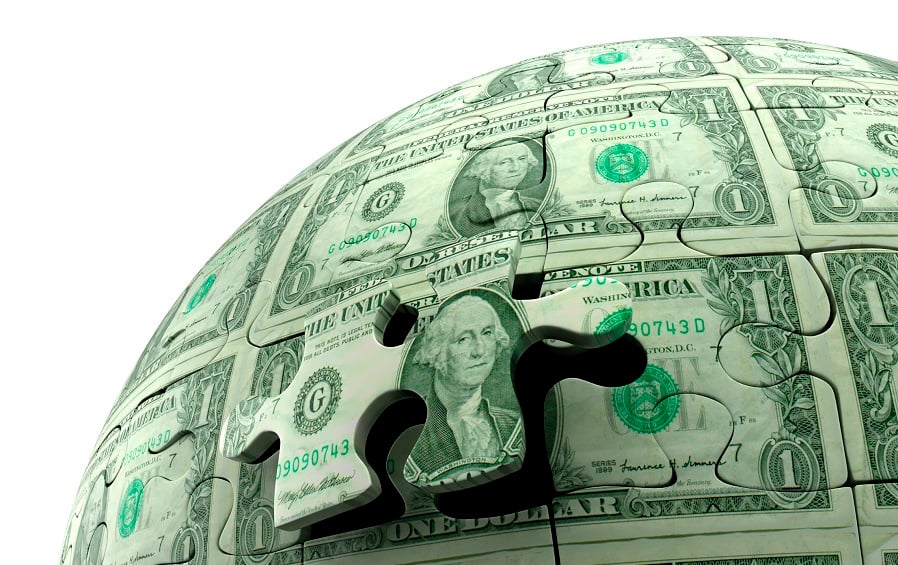Cash, an asset class that's been in the doldrums for the better part of a decade, is beginning to show signs of life.
The Federal Reserve
cut its benchmark interest rate to near zero a decade ago in an effort to stoke the American economy in the midst of the financial crisis. A byproduct of that strategy was a severe drop in yields on cash and cash-equivalent accounts, such as bank savings accounts, money market mutual funds and short-term certificates of deposit.
But the yield on cash is inching up from rock-bottom rates as the Fed reverses course. Financial advisers are taking notice and monitoring opportunities for higher client returns.
"I think it's absolutely critical for advisers to look at that as part of their overall financial planning and fiduciary duty. And as rates increase, it becomes more important," said Jeffrey Levine, CEO and director of financial planning at Blueprint Wealth Alliance. "If you're just sitting on cash and have tens of thousands of dollars earning nothing, why aren't you looking to reinvest that elsewhere?"
June marked the
seventh time in three years that the nation's central bank has raised interest rates. Officials expect to do so two more times this year and three times in 2019.
That's good news for the three-quarters of financial advisers that incorporate cash into their allocations with client assets, according to data from FUSE Research Network.
Money market fund returns help demonstrate the pain clients in cash accounts have felt for years. Prime and government money funds were yielding 4.47% and 3.58%, respectively, at the end of 2007, according to the Investment Company Institute. Two years later, those yields had plunged to 0.04% and 0.01%.
However, money market rates began inching up noticeably in 2016. Prime funds now yield 1.78% and government funds 1.54%, according to ICI.
The story is similar for other instruments, such as certificates of deposit. Yields on one-year CDs, which bottomed out at 0.22% five years ago, average 0.77% now, according to Bankrate.com data, but some institutions are offering returns as high as 2.5%. The yield on money market deposit accounts, a type of federally insured bank account, have more than doubled — albeit to the still-meager yield of 0.20%, according to Bankrate.com.
"Cash is starting to pay a little more money now," said Michael Ross, president of Financial Connection Inc. and president of the Financial Planning Association's South Florida chapter.
"The Fed is going back to normal, at least to some semblance of the historical norm," Mr. Ross said of the central bank's interest rate policy.
Investors have been moving assets into cash instruments as yields have risen. Over $22 billion flowed into money market funds this year through July, according to ICI data. That's the largest amount of money the funds have taken in going back to 2008. (The Fed reduced interest rates to record lows in December that year.)
Assets in CDs have increased more than $100 billion, to $503 billion, in the year-long period through August, according to Federal Reserve
data.
However, advisers and finance experts caution against raising allocations to cash to capture higher interest rates.
"Though higher yields are a slight attraction, the main attraction of cash is the simple ability to preserve capital," said Christine Benz, director of personal finance at Morningstar Inc.
The amount a client needs in cash for safety is the key factor that should drive cash allocations, Ms. Benz said.
Mr. Levine agrees that interest rates shouldn't guide cash allocations, with one caveat: if the yield curve continues to flatten. In that scenario, the yield on cash would be similar to the yield on a long-term bond like a 10- or 30-year Treasury.
Mr. Levine and other financial advisers said it would make more sense to put money into a shorter-term instrument that earns a rate similar to longer-term ones.
"The flatter the yield curve is, the more attractive holding cash is to me," Mr. Levine said.







